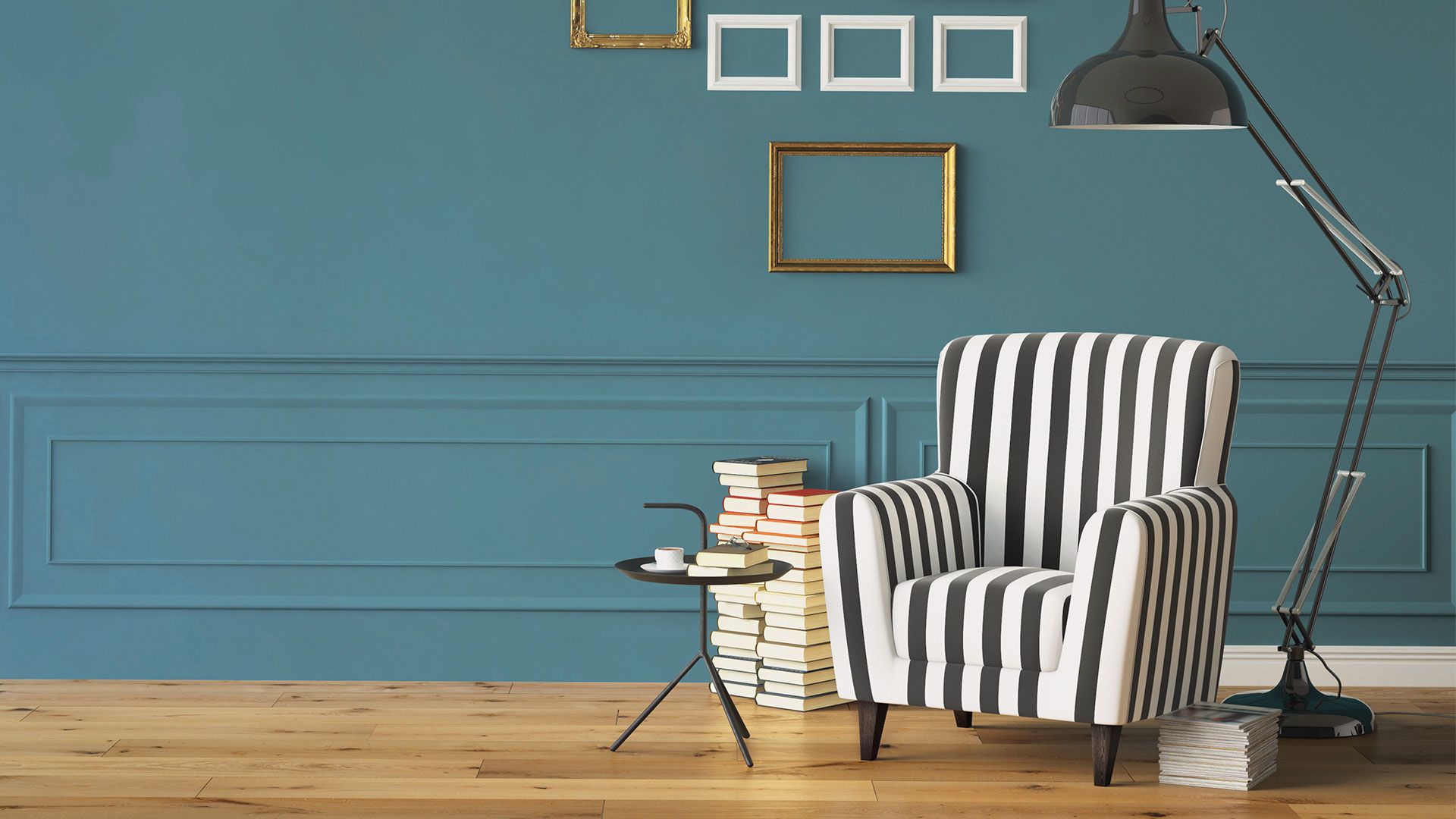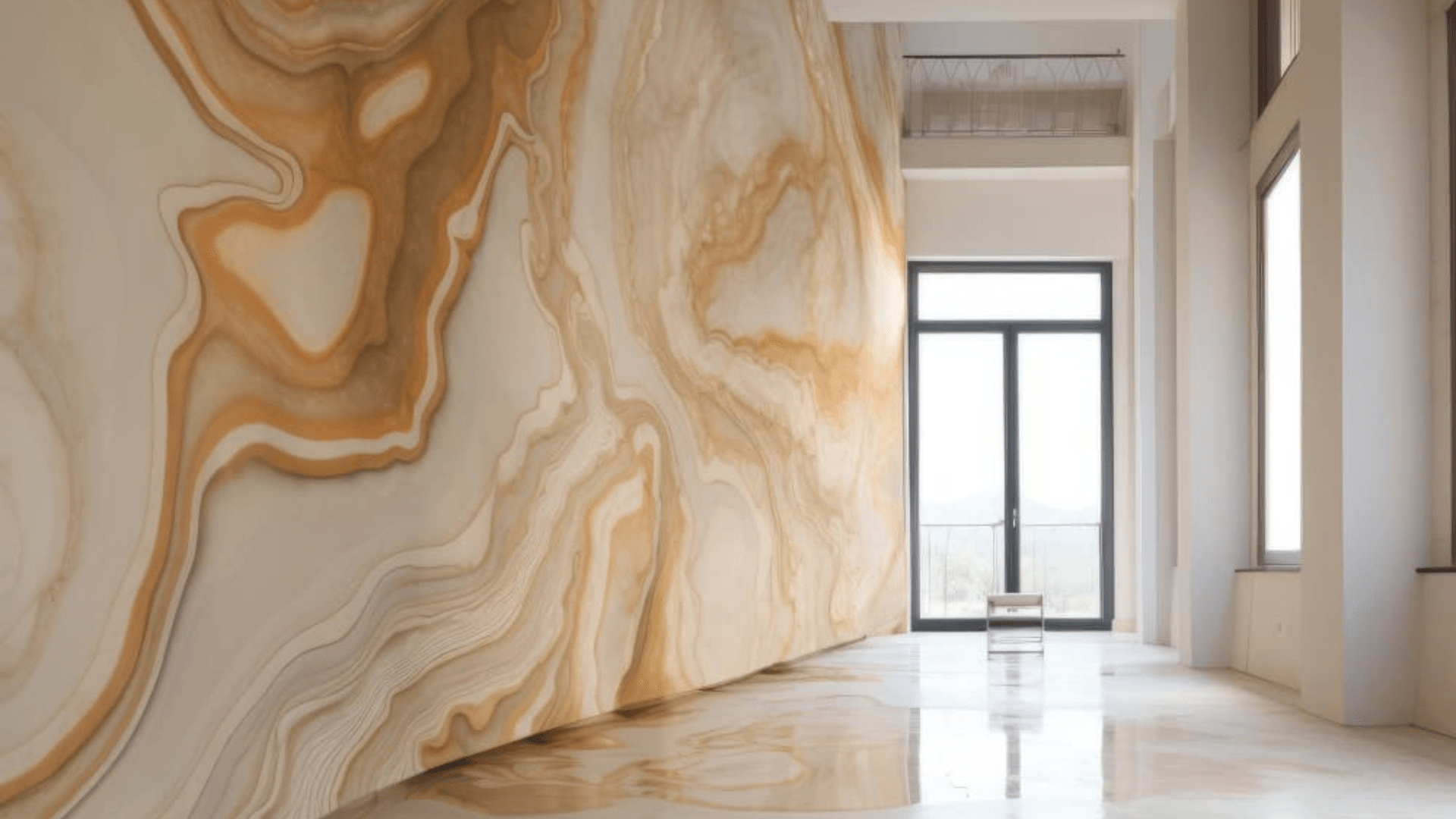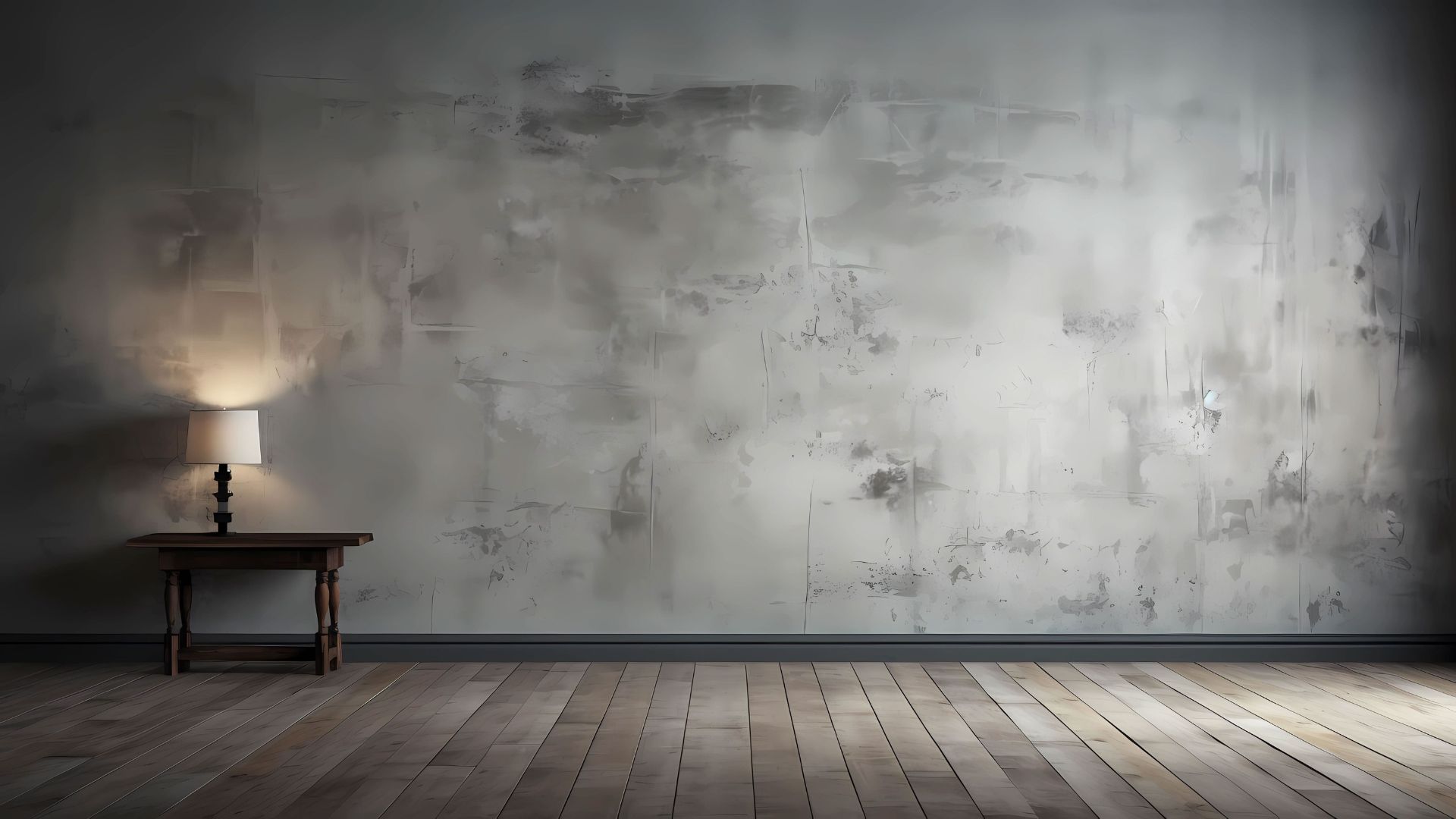Table of Contents
ToggleSelecting the perfect colours for your home’s interior can create an inviting atmosphere and transform your living space. The right colours can enhance architectural features, define areas in open floor plans, and even affect your mood. Whether you’re looking to refresh a single room or coordinate colours throughout your entire home, here’s a step-by-step guide to finding the best colours for your home.
Understanding Colour Psychology in Interior Design
Colour profoundly impacts our emotions and behavior, making it a powerful tool in interior design. By understanding the psychological effects of different hues, you can create spaces that evoke specific moods and enhance the functionality of each room.
The Emotional Impact of Different Colours
Different colours can raise various emotional responses. Warm colours such as red, orange, and yellow tend to energize and stimulate, while we often perceive cool colours such as blue, green, and purple as calming and restful. Maxwell Ryan, founder of Apartment Therapy, suggests using warm colours in social rooms like dining rooms and kitchens while reserving cooler hues for private spaces such as bedrooms and home offices.
Using Colour To Create Atmosphere
Strategic use of colour can help you set the desired atmosphere in any room. For example, yellow can stimulate the brain, making it a good choice for study areas—but it’s best avoided in bedrooms where relaxation is the goal. Instead, explore calming colours to promote better sleep. Remember that personal preferences play a significant role. What feels welcoming to one person may be off-putting to another.
Creating a Cohesive Colour Scheme
A well-planned colour scheme helps your home feel unified and thoughtfully designed. By following some basic principles, you can create a palette that flows seamlessly from room to room.
The 60-30-10 Rule for Colour Distribution
The 60-30-10 rule is a classic interior design principle that helps create balanced and appealing spaces. According to this rule, 60% of a room should be a dominant colour, 30% a secondary colour, and 10% an accent colour. This distribution typically translates to walls being the dominant colour, upholstery or flooring as the secondary colour, and accessories or artwork providing the accent colour. We recommend following this guideline so your room’s colour palette doesn’t feel over- or underwhelming.
Developing a Colour Palette From Existing Decor
According to architectural colour consultant Bonnie Krims, one effective method for choosing a colour scheme is to start with an existing object in your home. Take a pillow from the family room sofa, your favorite tie or scarf, or a painting—anything that conveys comfort or has an emotional connection for you—and bring it to the paint store, says Krims. Find three sample strips with those colours, and you instantly have 15–18 colours you can use since each sample strip typically contains six paint colours.
If you find yourself stuck and unable to choose your colour sample cards, Krims offers this tip: Look at the darkest colour at the bottom of the strip. If you can live with the one at the bottom, you know you’ll like the middle and top. But if you choose by looking at the top lightest colours, all the cards in that category start to look the same.
Selecting Paint Colours for Different Room Types
Each room in your home serves a unique purpose, and the colours you choose should reflect and enhance that function. Here’s how we recommend approaching colour selection for various room types.
Selecting Colours for Bedrooms
Bedrooms should promote relaxation and restfulness. Soft, cool colours such as pale blues, lavenders, and greens can create a soothing environment conducive to sleep. If you prefer warmer tones, consider muted versions of colours such as terracotta or pale yellow. Remember that darker colours make a room feel cozier, which you might value in a large bedroom.
Selecting Colours for Kitchens and Dining Rooms
Kitchens and dining rooms benefit from colours that stimulate appetite and conversation. Warm colours such as reds, oranges, and yellows can be effective in these spaces. But be cautious with intense shades that might be overwhelming in large doses. Consider using these colours as accents against a neutral backdrop. Soft greens or blues can create a fresh, clean feel for a more serene kitchen.
Selecting Colours for Living Rooms
Living rooms often serve as the heart of the home, where family and friends gather. To create a welcoming atmosphere, use earthy tones such as warm browns, soft greens, or muted oranges. If you want to make a statement, an accent wall in a bolder hue can add visual interest without overwhelming the space.
Considering Natural and Artificial Lighting’s Impact on Colour
The amount and quality of light in a room significantly impact how colours appear. Natural light changes throughout the day, affecting colour perception. Different types of artificial lighting can also alter colour appearance.
We recommend using warmer whites or light colours to brighten rooms with limited natural light. In rooms with abundant natural light, you have more flexibility and can experiment with both light and dark shades.
The Role of White in Interior Colour Schemes
White offers versatility and brightness in interior design. Understanding different types of white and how to use them effectively can elevate your colour scheme.
Types of White Paint
White paints come in various shades, each with different undertones and characteristics. Pure, “clean” whites are formulated without tinted undertones. Designers looking to showcase artwork or furnishings often favor clean white paint. Most other whites fall into two categories:
- Cool whites: These contain green, blue, or gray undertones.
- Warm whites: These have yellow, rust, pink, or brownish undertones.
Use warmer whites in rooms without a lot of natural light or to make larger spaces seem cozier, advises Mary Rice, president of Ace Hardware’s paint division. On the other hand, cool whites can help open up a space.
When To Use White in Your Rooms
White is an excellent choice for ceilings, as it reflects light and makes a room feel more spacious. It’s also ideal for trim and moldings, creating a clean and classic look that complements various wall colours.
White walls can help create an illusion of more space and brightness in small rooms or spaces with limited natural light. But white paint can sometimes feel stark or cold if it’s not balanced with other elements in larger rooms or those with plenty of natural light.
Using Paint Colour To Enhance Architectural Features
Colour is a powerful tool for highlighting or downplaying architectural elements. You can use colour strategically to draw attention to your home’s best features and create visual interest.
Highlighting Moldings and Trim Using Colour
Use colour to emphasize moldings, mantels, built-in bookcases, and other decorative elements. Sheri Thompson, former director of colour marketing and design for Sherwin-Williams, suggests painting molding or doorways one step lighter or darker than the primary wall colour. It’s a subtle shift in colour, but it really brings your eye to the detail, Thompson says.
For a more dramatic effect, you can paint molding, trim, and architectural features in a contrasting colour to the walls. White trim against coloured walls is a classic choice that makes both the walls and trim stand out.
Creating Accent Walls
An accent wall can add a focal point to a room, especially in spaces without architectural interest. Choose one wall to paint in a bolder or contrasting colour to create an accent wall. This technique can be particularly effective in bedrooms, living rooms, or home offices.
When selecting a colour for an accent wall, consider the room’s purpose and the mood you want to create. A vibrant colour energizes a space, while a deeper hue adds sophistication and depth.
Paint Colour Strategies for Open Floor Plans
Open floor plans present unique colour selection challenges. You want to create a cohesive look while still defining functional areas within the space.
Zoning With Paint Colour
You can use colour to “zone” different areas in an open floor plan. For example, you might use one colour for the kitchen area and a complementary colour for the adjoining living space. This technique helps to separate the spaces while maintaining a harmonious look overall.
Maintaining Flow Between Spaces
Use colours with similar undertones throughout your space to create a sense of flow in an open floor plan. This doesn’t mean you have to stick to a single colour or even a single colour palette, but choosing colours that share warm or cool undertones helps create a cohesive look.
Tami Ridgeway, a colour stylist for Valspar, recommends using muted, dustier values when selecting colours for open spaces. These softer hues are more likely to flow smoothly from one area to another. Another popular strategy is using a consistent trim colour. This can provide a unifying element that ties different colour zones together.
Making Small Spaces Feel Larger With Colour
We know that colour choice can significantly impact the perception of space in a room. By understanding how different colours affect spatial perception, you can make small rooms feel more open.
Light Colours for Spaciousness
Light colours make a space feel larger. Crisp whites, soft pastels, and light neutrals can all help to expand a small room visually. These colours reflect more light, creating an airy, open feeling. You may also consider painting the ceiling a lighter shade than the walls to give the illusion of higher ceilings and more vertical space.
Dark Colours for Coziness
While designers traditionally recommend light colours for small spaces, dark colours can create a cozy, intimate atmosphere. In spaces such as powder rooms, studies, or small bedrooms where you want to develop a sense of warmth and enclosure, deeper hues such as hunter green, navy blue, or rich burgundy can be excellent choices.
When using dark colours in small spaces, we recommend balancing them with lighter furnishings and plenty of good lighting to prevent the room from feeling too cramped or gloomy.
Exploring Bold Paint Colour Options
If you’re willing to make a statement with colour, several bold techniques can add drama and personality to your spaces.
Two-Tone Wall Techniques
Two-tone walls can add visual interest and create the illusion of architectural features where none exist. One approach is to paint the bottom third of the wall in one colour and the upper portion in another, creating a wainscoting effect. You can enhance this look by adding a piece of flat molding at the intersection of the two colours.
Another bold technique suggested by Doty Horn, founder of Colour Voyant and former director of color and design for Benjamin Moore, involves wrapping corners with colour. Moving around the room clockwise, try painting one-third of one wall and two-thirds of the adjacent wall. Then, paint the last one-eighth of the second wall and three-quarters of its adjoining wall, covering that corner. This unconventional approach creates a striking effect and defines spaces within a room.
Colourful Ceilings as the Fifth Wall
While white ceilings are traditional, treating the ceiling as a fifth wall can dramatically transform a room. A coloured ceiling can lower the perceived height of a tall room, fostering a more intimate feel or adding unexpected visual interest to any space.
Ken Charbonneau, a New York colour marketing consultant, painted his 11-foot dining room ceiling Pompeiian Red to create a warm, cozy atmosphere. In rooms with standard 8- or 9-foot ceilings, a pale ceiling colour such as Robin’s egg blue can create a soothing effect without making the space feel closed in.
Common Paint Colour Mistakes To Avoid
When you’re choosing paint colours for your home, look for common pitfalls to achieve better results. Here are some mistakes to avoid:
Rushing the Decision Process
One of the biggest mistakes homeowners make is rushing the colour selection process. It’s important to take your time and consider how colours will look in your specific space under different lighting conditions.
The best way to choose a colour you’ll be happy with long-term is to paint a large swatch (at least 4-by-4-foot) on the wall and observe it for a day or two. This allows you to see the colour in different lights throughout the day and how it interacts with your furnishings and flooring.
Not Testing Paint Colours in the Space
Another common mistake is relying solely on small paint chips or digital representations of colours. These can be misleading, as colours often look different depending on the surface and lighting conditions.
To avoid disappointment, use sample pots to paint pieces of poster board that you can move around the room. This approach gives you a much better idea of how the colour will actually look in your space.
Conclusion
Colour selection isn’t an exact science, and there’s room for your creativity and personal expression. Don’t be afraid to experiment with different colours and techniques to find what works best for your home and lifestyle. With some planning and a willingness to test different options, you can create a colour scheme that enhances your home’s beauty and fits your personality.
- Power of Perception: Unraveling the SecretsPower of Perception in this competitive world of business, every aspect of your commercial space plays a crucial role in shaping the perception of your brand and influencing customer… Read more: Power of Perception: Unraveling the Secrets
- Lessons from the Colours of the Indian Flag for Home DecorThe Indian flag is powerful, rich in records and cultural importance. These are three awesome colorings saffron, white, and inexperienced alongside the Ashoka Chakra, which can function for domestic… Read more: Lessons from the Colours of the Indian Flag for Home Decor
- Two-Tone Paint Schemes Creative Ways on Interior WallsA two-tone paint scheme is a fashionable and versatile manner to add intensity and individuality to your indoor walls. By combining one-of-a-kind colorings and strategies, you can create lovely… Read more: Two-Tone Paint Schemes Creative Ways on Interior Walls
- Exterior Painting Tips for High-Traffic ZonesPainting excessive-visitors exterior zones requires careful consideration to ensure durability, aesthetics, and simplicity of upkeep. Whether it is your own home’s entrance, a hectic sidewalk, or a commercial building,… Read more: Exterior Painting Tips for High-Traffic Zones
- Discover Enduring Colors for Timeless HomesCreating an undying home that remains stylish and inviting over the years entails deciding on colorations that transcend fleeting traits. Enduring colors can offer a traditional and elegant backdrop,… Read more: Discover Enduring Colors for Timeless Homes
- The Crucial Role of Lighting in Interior Paint Colour SelectionSelecting the perfect paint shade for your interior spaces may be an exciting yet hard mission. While the color itself is paramount, the role of lighting fixtures in figuring… Read more: The Crucial Role of Lighting in Interior Paint Colour Selection





















